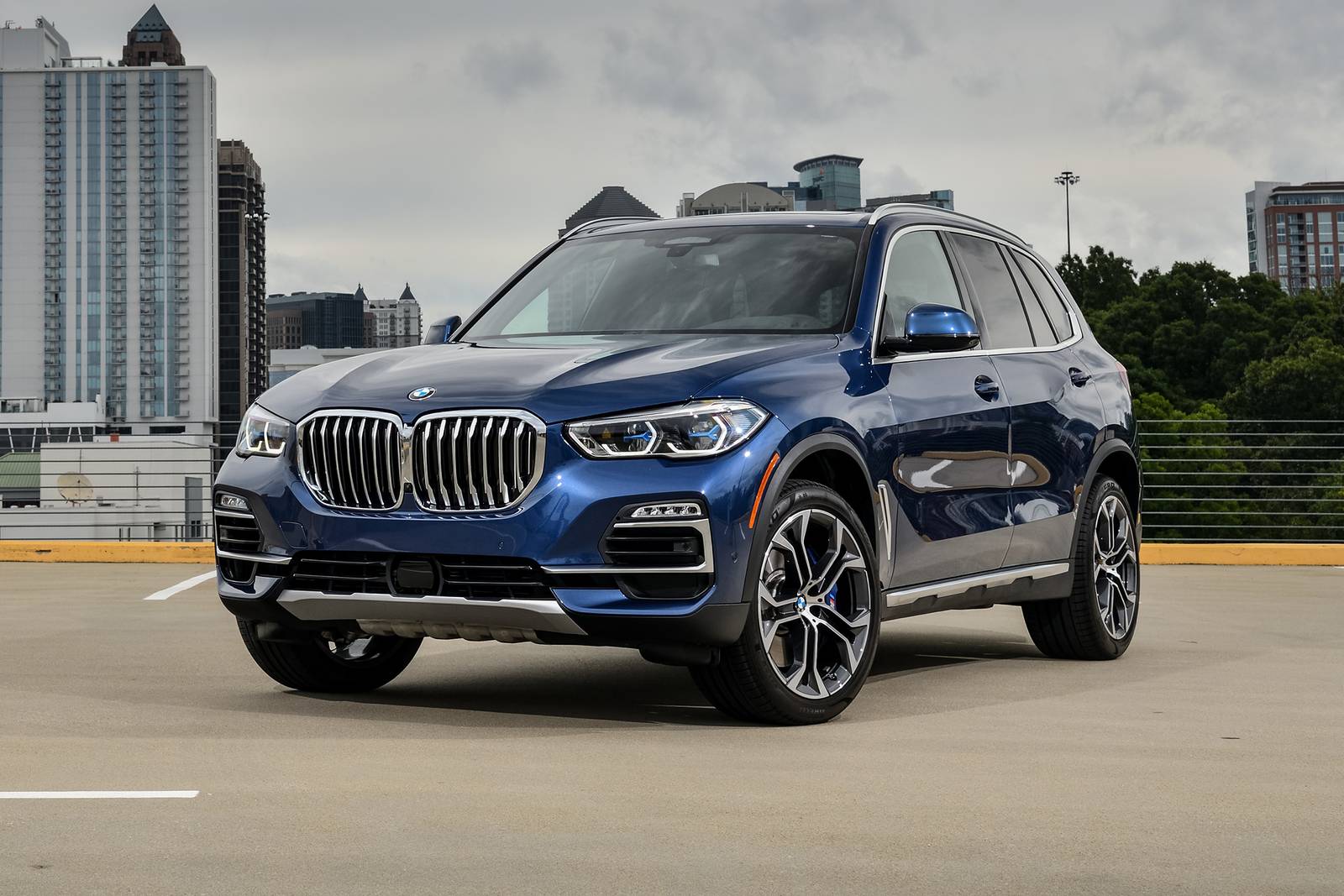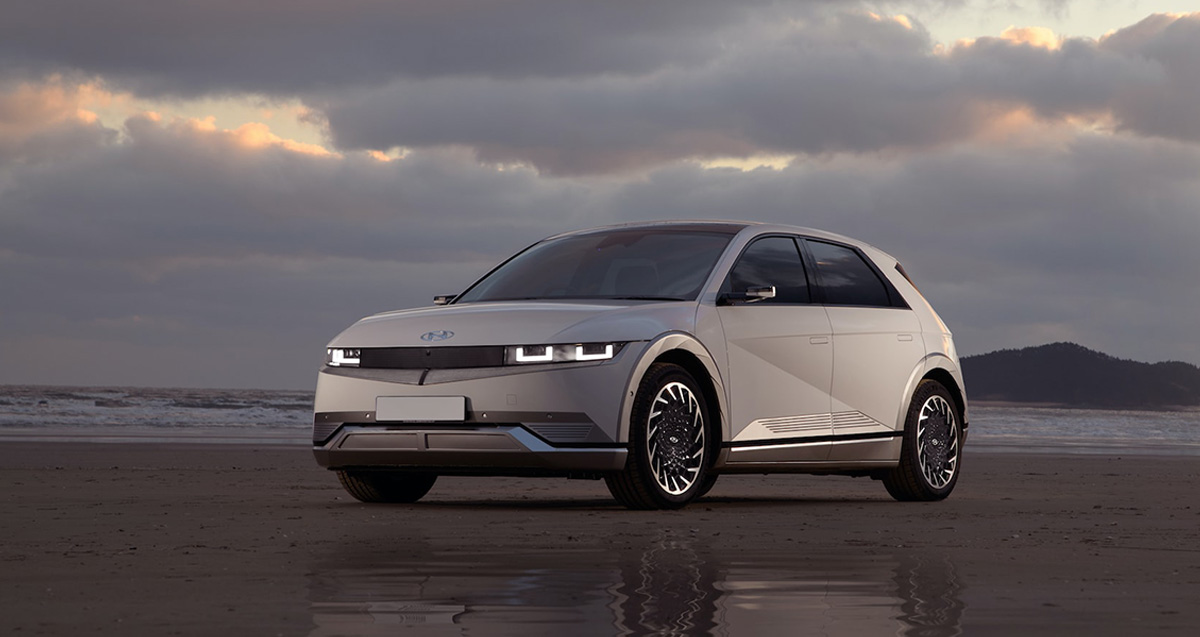Consistently, an ever-increasing number of electric vehicles are coming to America, yet a significant number of our drivers are as yet new to the battery technology used to control them.
You can think about an electric vehicle battery as another sort of fuel tank, as it viably stores the fuel used to drive the vehicle. In case you’re thinking about purchasing an electric vehicle, it’s essential to comprehend the three fundamental parts of this fuel tank its ability, charging and run.
An electric vehicle battery is appraised in kilowatts every hour and estimation of power for the measure of energy consumed in an hour by one kilowatt of intensity. So the more kWh the battery limit has, the more extended the vehicle goes.
For instance, a 2019 Nissan Leaf has 40kWh and a normal scope of 270km, though a 2018 Hyundai Kona EV has a scope of around 400km gratitude to its 64kWh battery.
This shouldn’t be mistaken for the force rating of the genuine electric engine which is estimated in kilowatts. The intensity of the engine is the thing that delivers the great torque exhibited by electric vehicles.
This is intended to interface with a standard three-pin divider attachment, yet it’s a moderate medium-term charging technique and will completely revive a pre-owned Nissan Leaf in 6-8 hours or a Kona in around 43 hours. The force supply from this link is ordinarily 10amp/2.4kW.
This is a discretionary wall box for your family unit and improves charge times by using a 16-32amp 3.7-22kW force supply. It can altogether lessen EV charging time at home yet presently costs two or three thousand dollars to buy and introduce.
This is the quickest method to charge an electric vehicle and can take as long as 75 minutes to charge an enormous limit electric vehicle from 0% to 80%, commonly using 25-50kW DC charging.
Battery go is subject to ecological factors and burden, so not at all like oil in your tank, you are depleting the electric vehicle battery by having anything electrical on in the vehicle. Fortunately, however, brake recovery frameworks can return enough charge to the battery to counter this and lift your range as you drive.
Two regular terms you may hear when looking for used electric vehicles are state of charge and state of health.
State of charge is characterized as the accessible limit and communicated as a level of its appraised limit. State of health speaks to a proportion of the battery’s capacity to store and convey electrical energy, contrasted with another battery.
Like with a cell phone, after some time a maturing electric vehicle battery can diminish in capacity to store charge while the interest from the engine’s capacity continue as before. This implies a full battery charge won’t keep going as long, bringing about diminished range.
The up and coming age of electric vehicles due to enter the America showcase throughout the following not many months are satisfying the need for expanded limit DC quick charging systems in abundance of 150kW, which can charge a high limit electric vehicle like the new Audi E-Tron to 80% in only 30 minutes.
What’s more, it doesn’t simply stop there; the necessity for a snappy high-limit dump of power will likewise increment – it’s accounted for that the new Porsche Taycan will be able to acknowledge a great 350kW.
Like any new vehicle, electric vehicles additionally have a guarantee which covers the battery, ordinarily 5-8 years or a set distance. It’s still early days and we’re yet to perceive what a normal electric vehicle battery life resembles.
Some electric vehicle batteries are recyclable and they’re ready to be repurposed. For example, an electric vehicle battery no longer ready to control a vehicle could even now store enough energy for use with a home.
With thousands of EVs now in America, this innovation is digging in for the long haul. As more carmakers begin to discharge EVs, we’re set to see a lot a greater amount of them on our streets inside the following not many years.






